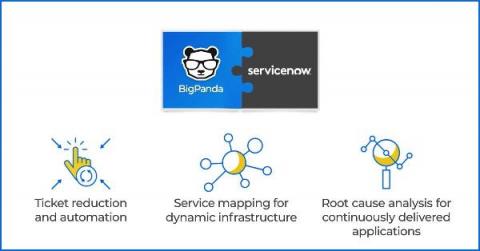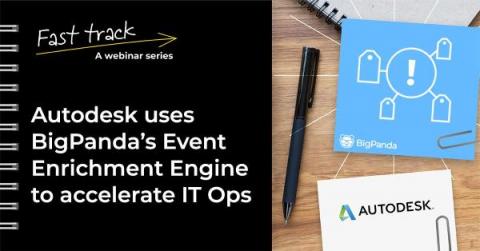It's a great day to be a Panda.
I am excited to announce today that BigPanda has secured $190 million in financing at a $1.2 billion valuation. This financing was led by Advent International and Insight Partners, together with our other existing investors. BigPanda is now officially a unicorn, and the clear leader in the rapidly growing AIOps market!







